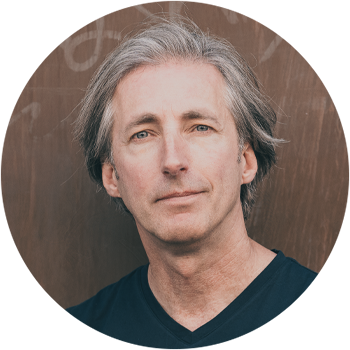When it comes to chemical safety, the most common approach is to ban chemicals known to be hazardous. Sadly, this is an ineffective method that doesn’t lead anywhere. It’s time to get proactive about chemicals and ensure that only safer substances are used.
The strategy of restricting chemicals has proven itself to be slow and ineffective at safeguarding humans and the environment from hazardous chemicals. Most of the 350,000 chemicals that are in use today have not been fully assessed for their human health and environmental impact, and the situation gradually gets worse as another 25,000 chemicals are developed every year. There is no way that legislation can keep up.
Focusing on banning chemicals that are proven to be hazardous is like saying: “This chemical is known to be hazardous. Don’t use it. Instead, use one that hasn’t been assessed and restricted yet.” Of course, you have no idea if the replacement chemical is any better. It may be equally harmful or potentially even worse.
Innocent until proven otherwise is definitely the right approach and an important aspect of the juridical system. When it comes to chemicals, however, we should have the opposite approach. We must make sure that every substance is assessed and proven to be safer before using them, because all chemicals have the potential to cause harm once they enter our bodies or the environment and then removal by restriction is too late. Our bodies are becoming home to a cocktail of chemicals that can get even more toxic when combined and passed on to the next generations. Unfortunately, extensive assessment and research ahead of using a chemical does not suit the fast-moving production industry, and restrictions often lead to regrettable substitutions when a banned chemical is replaced by an alternative that provides the same performance without taking the human health and environmental impact of the choice into account.
Taking control of the chemical industry
Criteria limiting the use of hazardous substances have been part of TCO Certified since 1995. To speed up the pace of change, we decided to turn the table around and started working with an accepted list strategy in 2015. What this means in practice is that an independent toxicologist must evaluate and benchmark substances as safer before they can be used in certified products. Approved substances are collected on the public TCO Certified Accepted Substance List. It also means that every chemical ever developed is considered hazardous until it’s assessed and proven to be safer.
- Substances that haven’t been assessed yet are not ok to use.
- Substances that can’t be assessed properly because the chemical supplier is keeping information secret are not ok to use.
- And of course, substances that have been assessed and found to be unsafe are not ok to use.
Out of the 350,000+ chemicals that are available on the market today, just over 60 are accepted and included on TCO Certified Accepted Substance List. It is a very small percentage but that is actually a good thing — the point and strength of the list is that it shortlists substances that clearly and scientifically have been identified as safer alternatives.
The shift this strategy creates is huge. It puts us in the driver’s seat. And because TCO Certified is backed up by thousands of purchasers around the world, the massive, powerful and in many ways uncontrollable chemical industry has no choice but to comply, open up, and share the information they so often have kept guarded.
Restricting chemicals is a slow process
One may ask why the restricted list strategy is by far the most commonly used when it clearly does not work effectively. One explanation is that restricting chemicals is an old strategy that may have worked to some degree back in the days when the available number of chemicals was much fewer and therefore at least to some extent could be controlled. But with the addition of 25,000 new substances every year, it has become completely inadequate.
Another explanation is that it is a strategy that is convenient for the very powerful chemical industry, since chemicals can be used until the time they are publicly identified as hazardous and are placed on a restricted list. The process of assessing and restricting a chemical takes many years, which means that we will never reach a stage where the chemical market is under control.
“The process of assessing and restricting a chemical takes many years”
For many years, I’ve been concerned with the impact that chemicals used in consumer products have on human health and our planet. And I’m glad that we’ve developed a strategy that helps us take control in this difficult situation. By making sure the IT products you buy carry the TCO Certified label, you can be in control too.

Stephen Fuller leads the development of supply chain and chemical management criteria for TCO Certified. He is the creator of the groundbreaking public accepted substance list for safer chemicals that forces the industry to replace highly toxic substances with independently assessed safer alternatives. Stephen also developed the first social criteria included in an IT product certification, which transformed the scope of TCO Certified from being strictly environmental to also covering supply chain social sustainability.




